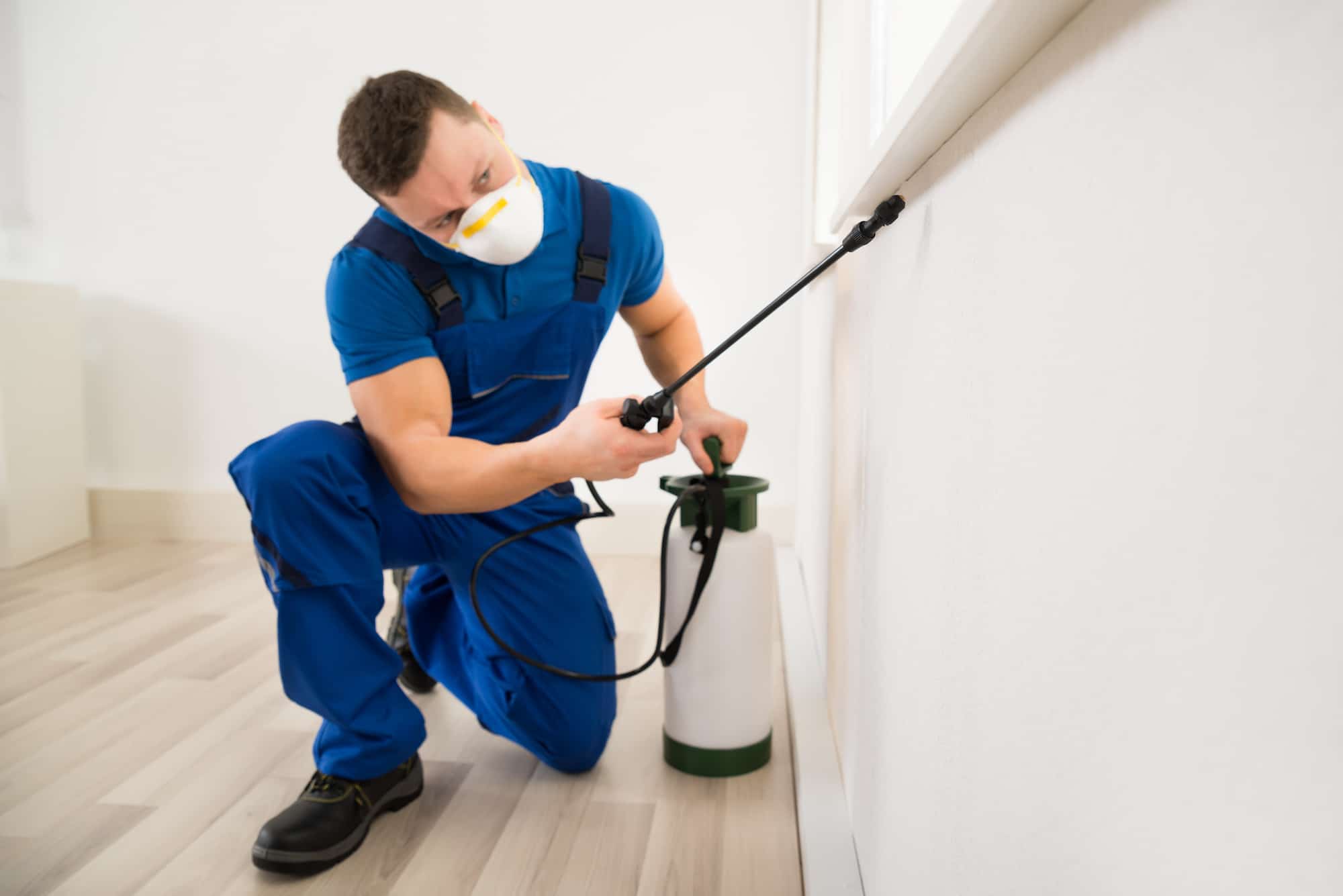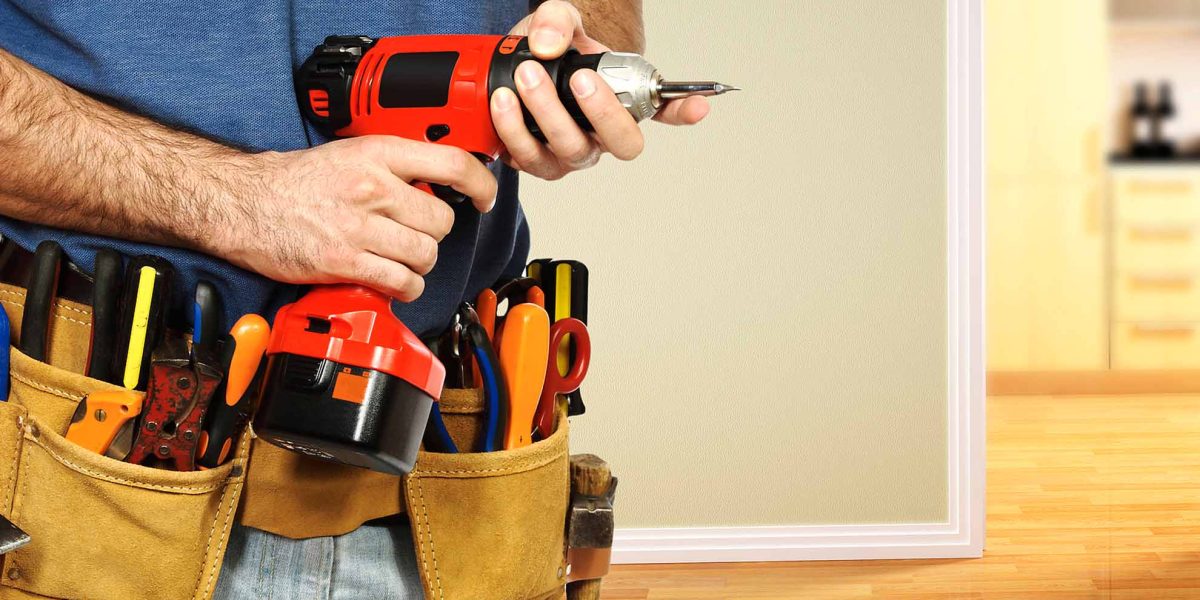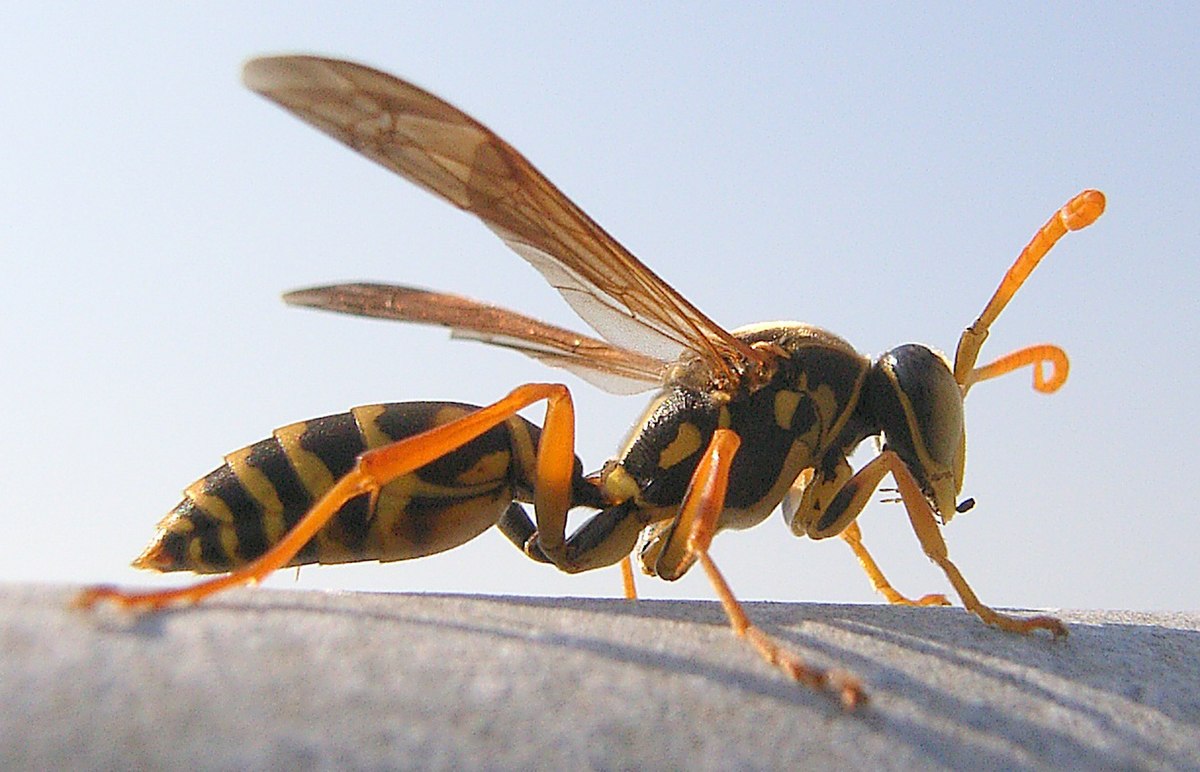Bed bugs, despite their diminutive size, can wreak havoc on your home and peace of mind. These tiny, blood-sucking pests have made a notorious comeback in recent years, infesting homes, hotels, and even public transportation. Understanding what bed bugs are and how to control them is crucial for safeguarding your living environment and preventing infestations. In this article, we’ll delve into the world of bed bugs, exploring their characteristics, habits, and effective control methods.
What Are Bed Bugs?
Bed bugs (Cimex lectularius) are small, reddish-brown insects that feed exclusively on the blood of humans and animals. While they are not known to transmit diseases, their bites can cause itching, discomfort, and allergic reactions in some individuals. Bed bugs are nocturnal creatures, preferring to feed on their hosts while they sleep, and they are adept at hiding in cracks, crevices, and other tight spaces during the day.
Identification:
- Physical Appearance: Adult bed bugs are roughly the size of an apple seed, with flat, oval-shaped bodies and six legs. They are wingless and have a reddish-brown color, although they may appear darker and more engorged after feeding. Young bed bugs (nymphs) are smaller and lighter in color, making them harder to spot.
- Bite Marks: Bed bug bites often appear as red, itchy welts on the skin, typically in a linear or clustered pattern. However, not everyone reacts to bed bug bites, so the absence of visible bite marks does not necessarily indicate an absence of bed bugs.
- Fecal Stains: As bed bugs feed, they excrete fecal matter, which appears as dark, rust-colored spots on bedding, mattresses, and other surfaces. These stains may be found in seams, creases, and other areas where bed bugs hide.
Control Methods:
- Thorough Cleaning: Regular cleaning and decluttering can help reduce the hiding places for bed bugs, making it easier to detect and eliminate infestations. Vacuum carpets, rugs, upholstered furniture, and other surfaces regularly, paying special attention to seams, crevices, and cracks.
- Heat Treatment: Heat is an effective method for killing bed bugs and their eggs. Exposing infested items to temperatures above 120°F (49°C) for several hours can eradicate bed bugs at all life stages. Professional heat treatment services are available for treating infested rooms and belongings.
- Chemical Treatments: Insecticides specifically formulated for bed bug control can be applied to infested areas to kill bed bugs on contact. These treatments may be applied as sprays, dusts, or aerosols, and should be used according to label instructions and with caution.
- Encasement: Encasing mattresses, box springs, and pillows in bed bug-proof encasements can prevent bed bugs from infesting these items and make it easier to detect and eliminate infestations. Encasements should be left in place for at least a year to ensure any trapped bed bugs are eliminated.
- Professional Pest Control: For severe or persistent bed bug infestations, professional pest control services may be necessary. Pest control professionals have the expertise, equipment, and resources to effectively identify and eliminate bed bug infestations using a combination of methods tailored to your specific situation.
Prevention:
Preventing bed bug infestations requires vigilance and proactive measures:
- Inspect secondhand furniture, clothing, and belongings for signs of bed bugs before bringing them into your home.
- When traveling, inspect hotel rooms and luggage for signs of bed bugs, and avoid placing luggage on beds or upholstered furniture.
- Seal cracks, crevices, and entry points in walls, baseboards, and furniture to prevent bed bugs from entering your home.
- Keep bedding, linens, and clothing clean and laundered regularly in hot water to kill bed bugs and their eggs.
Conclusion:
Bed bugs are resilient pests that require thorough and persistent efforts to control and eliminate. By understanding their habits, identifying signs of infestation, and implementing effective control methods, you can protect your home and prevent bed bug infestations. If you suspect a bed bug infestation in your home, don’t hesitate to seek assistance from a professional pest control service for expert guidance and treatment.



